A 1300W motor on fat bikes delivers powerful torque and robust energy output, enabling these bikes to conquer rugged terrains and steep inclines with ease. This motor efficiently converts electrical energy into mechanical power, providing strong acceleration and sustained high speeds, making fat tire ebikes ideal for both off-road adventures and demanding urban commutes.
How Does the 1300W Motor Generate Higher Speeds and Torque?
The 1300W motor achieves higher speeds and torque by utilizing a brushless design that minimizes friction and maximizes efficiency. It produces substantial rotational force—often exceeding 85 Nm—which translates into quick acceleration and the ability to maintain speeds up to 28 MPH, even on challenging surfaces or inclines. The motor’s high wattage supports consistent power delivery, essential for fat tire ebikes that face greater rolling resistance.
Motor Power, Torque Output, and Top Speed
| Motor Power | Torque Output | Top Speed |
|---|---|---|
| 500W | 50 Nm | 20 MPH |
| 750W | 65 Nm | 25 MPH |
| 1300W | 85 Nm | 28 MPH |
How Does Aerodynamics Influence the Performance of a 1300W Motor on Fat Bikes?
Aerodynamics play a crucial role in maximizing the efficiency of a 1300W motor. Fat bikes with streamlined frames, integrated cables, and forward-leaning riding positions reduce air resistance, allowing the motor to channel more power into propulsion rather than overcoming drag. This balance helps maintain higher speeds without rapidly depleting the battery.
Are 1300W Fat Tire Ebikes Legal and Safe for Everyday Riding?
The legality of 1300W fat tire ebikes varies by jurisdiction. Many regions classify them as Class 3 ebikes, permitting speeds up to 28 MPH but often requiring helmet use and restricting access to bike paths. Safety is paramount; these high-powered bikes should be equipped with hydraulic disc brakes and sturdy frames to handle the increased speed and weight, ensuring reliable stopping power and rider control.
How Do 26-Inch and 27-Inch Fat Tire Ebike Models Utilize 1300W Motors Differently?
26-inch models with a 1300W motor emphasize torque and control, making them ideal for steep climbs and tight trails. Their smaller wheelbase allows for quicker acceleration and better handling in rough terrain. 27-inch models, on the other hand, offer greater speed and smoother cruising over long distances due to their larger diameter. Both sizes benefit from the high power output, but their performance focus differs: maneuverability for 26-inch and stability for 27-inch.
- 26-inch models: With their smaller wheel diameter, these bikes leverage the 1300W motor’s torque to excel on rough terrains like snow and sand, offering superior control and shock absorption.
- 27-inch models: These bikes use the motor’s power to achieve smoother rides and higher speeds, ideal for daily commuting and mountain biking.
Both models benefit from the motor’s high wattage but cater to different riding styles and environments.
What Are the Key Features of High-Powered Fat Tire Ebikes Like Those from TST EBike?
High-powered fat tire eBikes, such as the TST Defender and Dreamer models, are designed for rugged terrains and diverse riding conditions. Equipped with a 1300W brushless rear hub motor, these bikes deliver up to 85Nm of torque, enabling speeds up to 28 mph and effortless hill climbing. The 48V 15Ah lithium-ion battery offers a range of up to 65 miles per charge. Fat tires (26" x 4") provide enhanced traction and stability on sand, snow, and rough trails. Additional features include hydraulic disc brakes, front suspension forks, and a Shimano 7-speed drivetrain for smooth shifting and control.
TST EBike integrates 1300W motors into fat tire ebikes designed for durability and performance. Key features include:
- Long-lasting batteries providing 30-60 miles per charge.
- Robust frames built to withstand rugged terrain.
- Hydraulic disc brakes for enhanced safety.
- Wide tires for stability and comfort.
- Cost-effective pricing without compromising quality.
These features make TST EBike models versatile for both urban and off-road use.
Buying Tips
- Verify motor wattage and ensure it meets your riding needs; 1300W is ideal for steep hills and rough terrain.
- Check battery capacity for adequate range, especially if planning long rides.
- Prioritize safety features like hydraulic disc brakes and strong frame construction.
- Consider tire size: 26-inch for rough terrain, 27-inch for commuting and mountain biking.
- Choose trusted brands like TST EBike that offer quality control and customer support.
- Confirm local regulations regarding motor power and speed limits to ensure compliance.
TST EBike Expert Views
“TST EBike’s use of 1300W motors in fat tire ebikes represents a perfect synergy of power and control, especially for riders tackling challenging terrains. Their models balance torque and battery efficiency, providing riders with confidence and performance. The brand’s focus on consumer feedback ensures that these ebikes meet real-world demands while maintaining affordability and durability.”
FAQ
How does a 1300W motor improve fat bike performance?
It delivers high torque and sustained power, enabling better acceleration, hill climbing, and top speeds up to 28 MPH.
Are 1300W fat tire ebikes street legal?
Legality varies; many areas classify them as Class 3 ebikes with specific helmet and speed regulations.
What safety features are essential for a 1300W fat tire ebike?
Hydraulic disc brakes and a sturdy frame are critical for handling increased speed and weight safely.
Can a 1300W motor handle rough terrains?
Yes, the high torque output is designed to manage snow, sand, mud, and steep inclines effectively.
What should I consider when buying a fat tire ebike with a 1300W motor?
Consider motor power, battery range, tire size, safety features, and local legal requirements.
A 1300W motor transforms fat tire ebikes into powerful machines capable of conquering diverse terrains and maintaining high speeds. With models from trusted brands like TST EBike, riders gain access to reliable, cost-effective electric bikes engineered for both adventure and daily commuting. Prioritizing safety, performance, and legal compliance ensures the best riding experience.

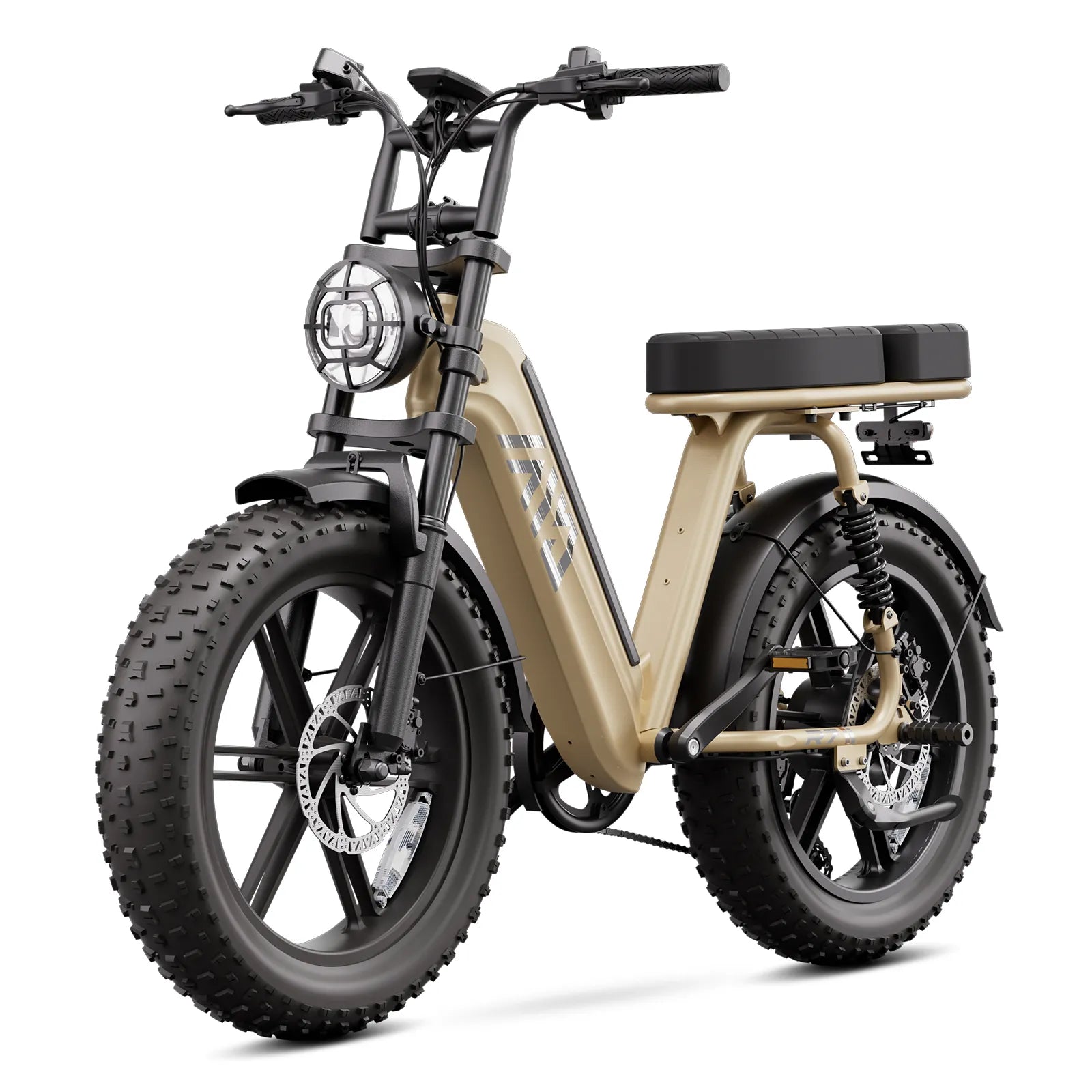
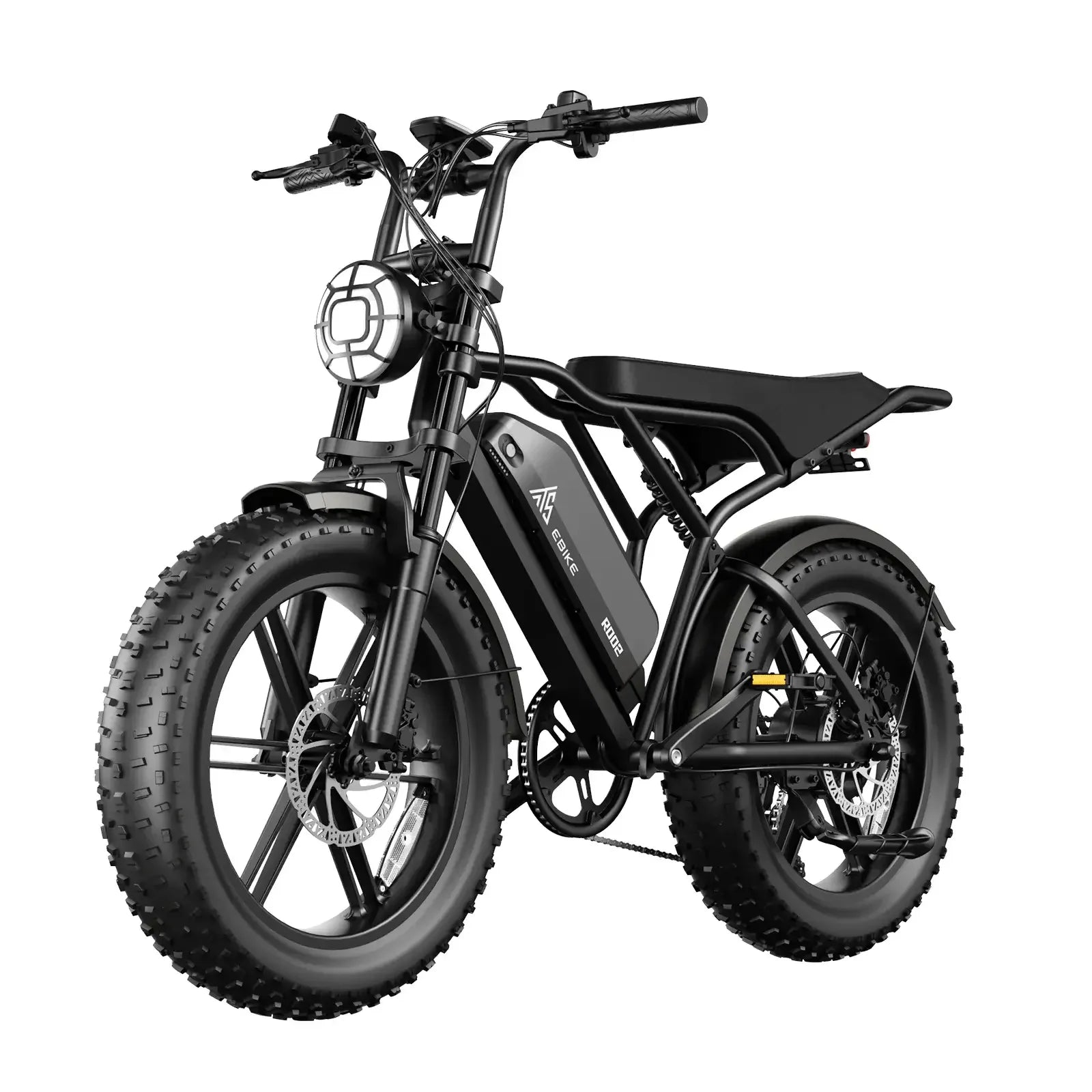

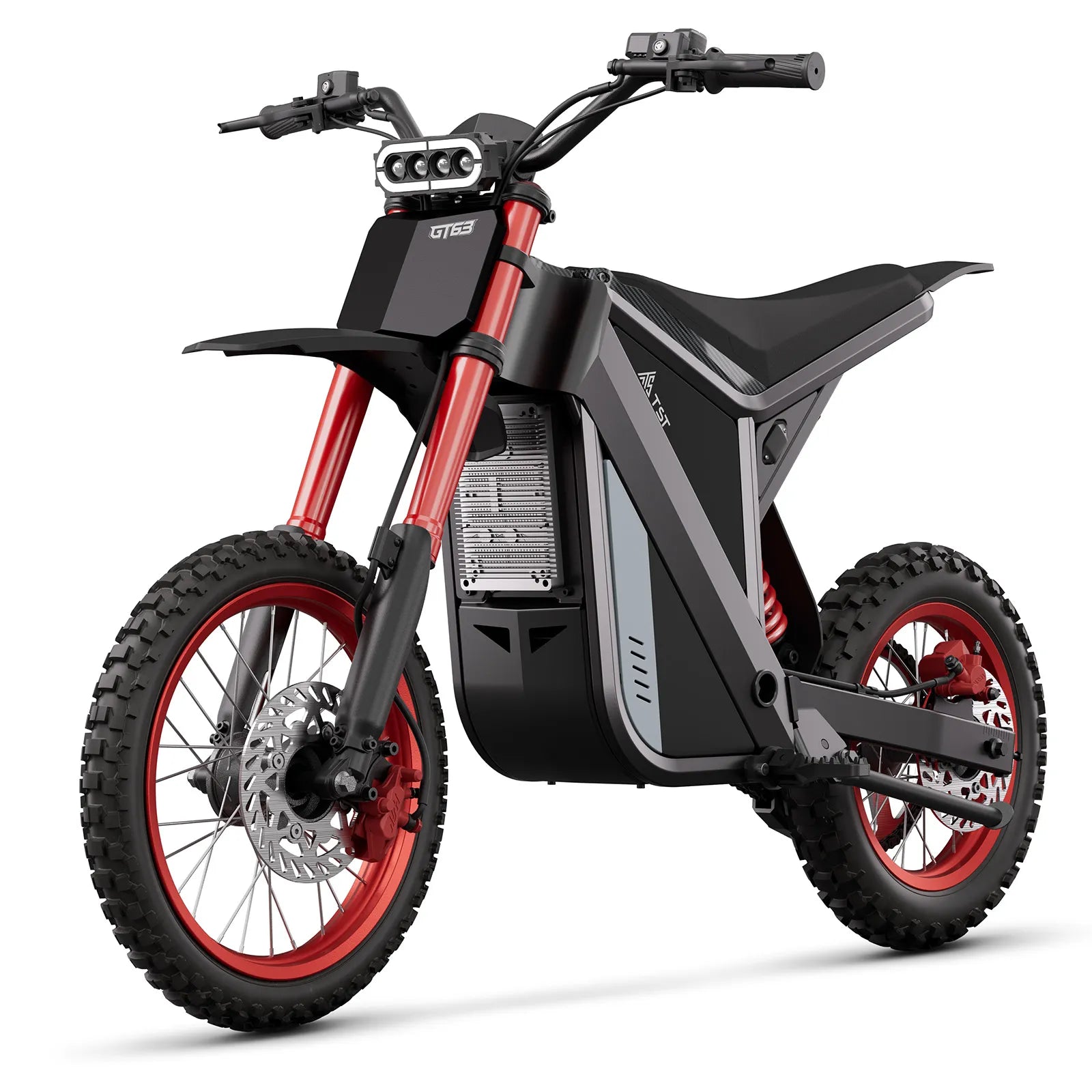
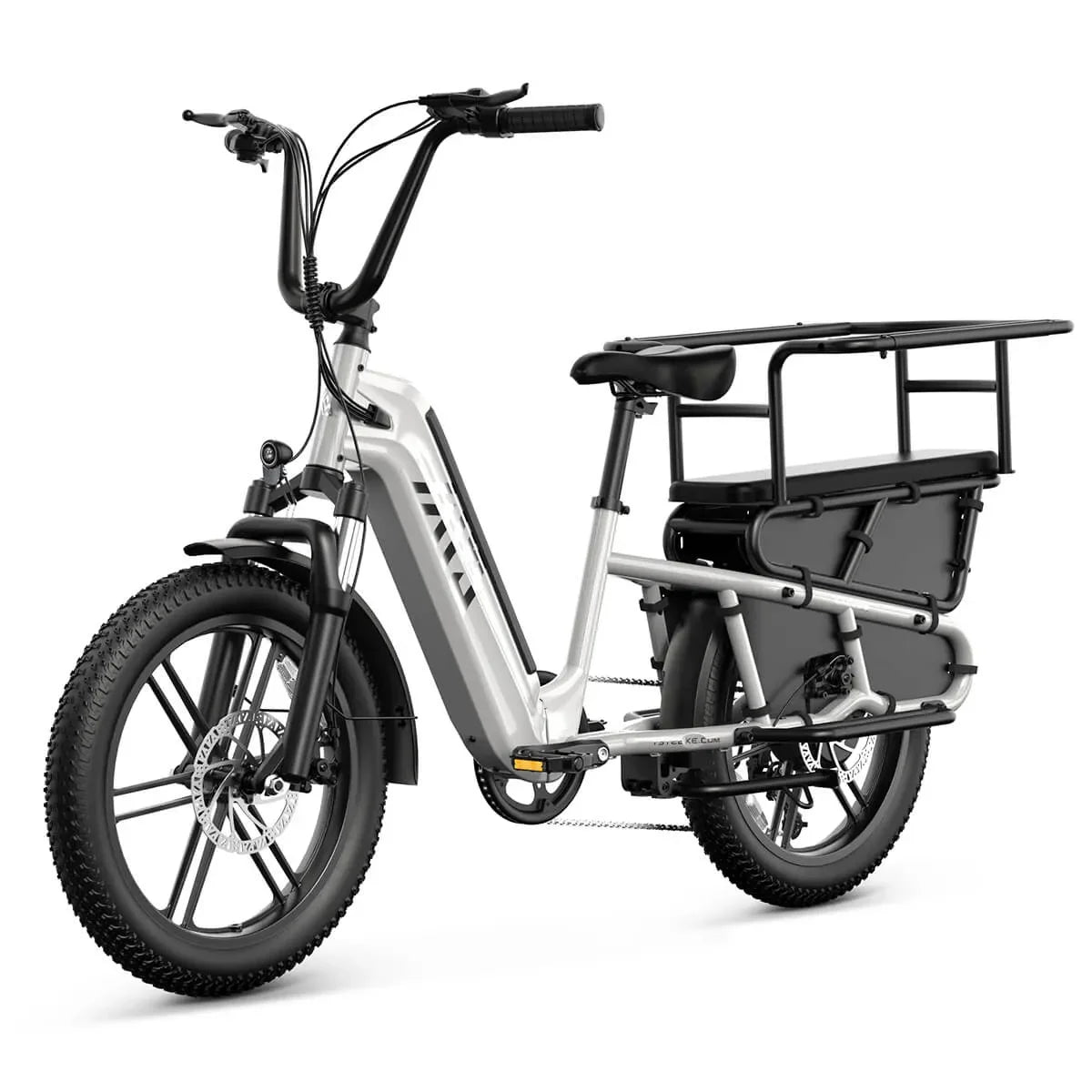
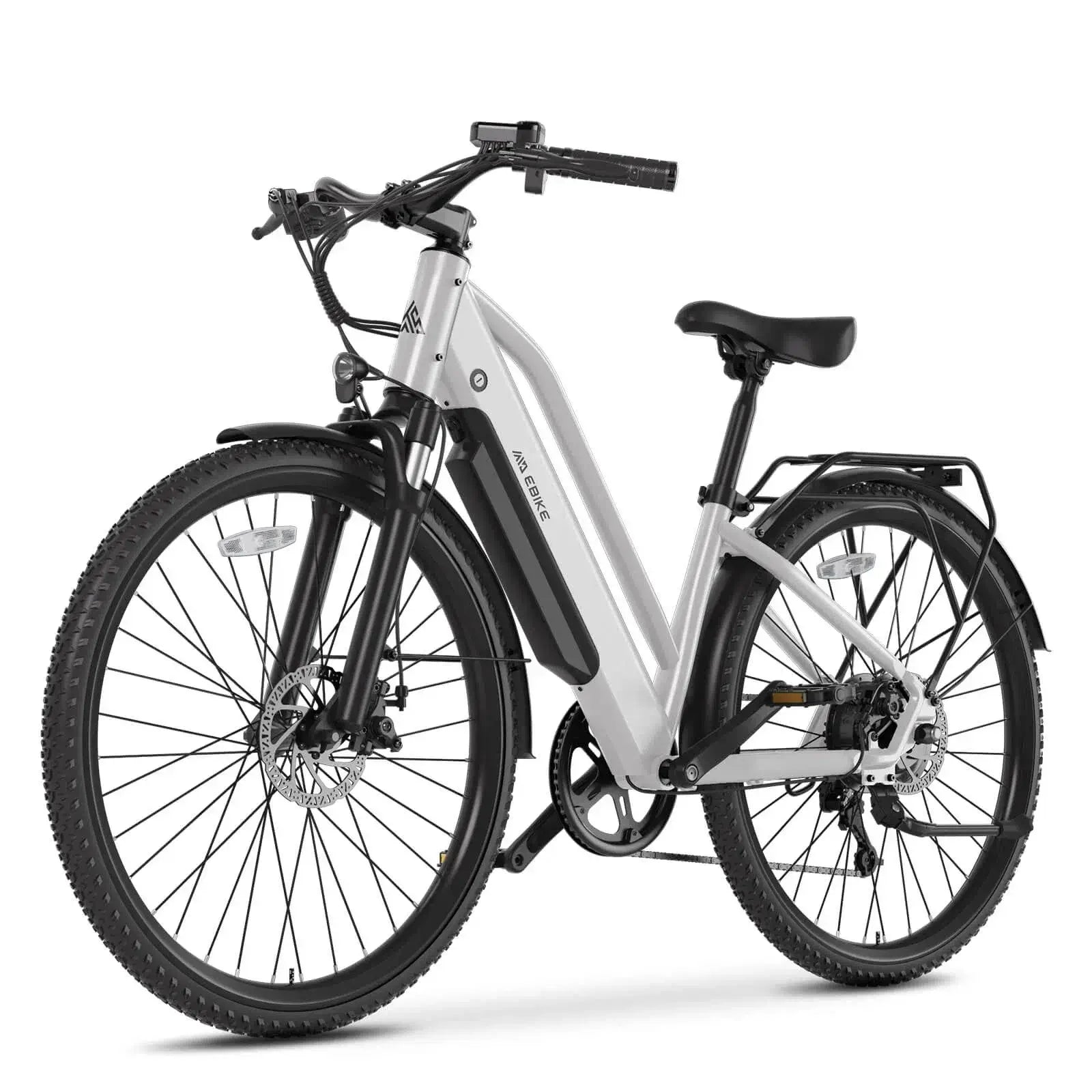
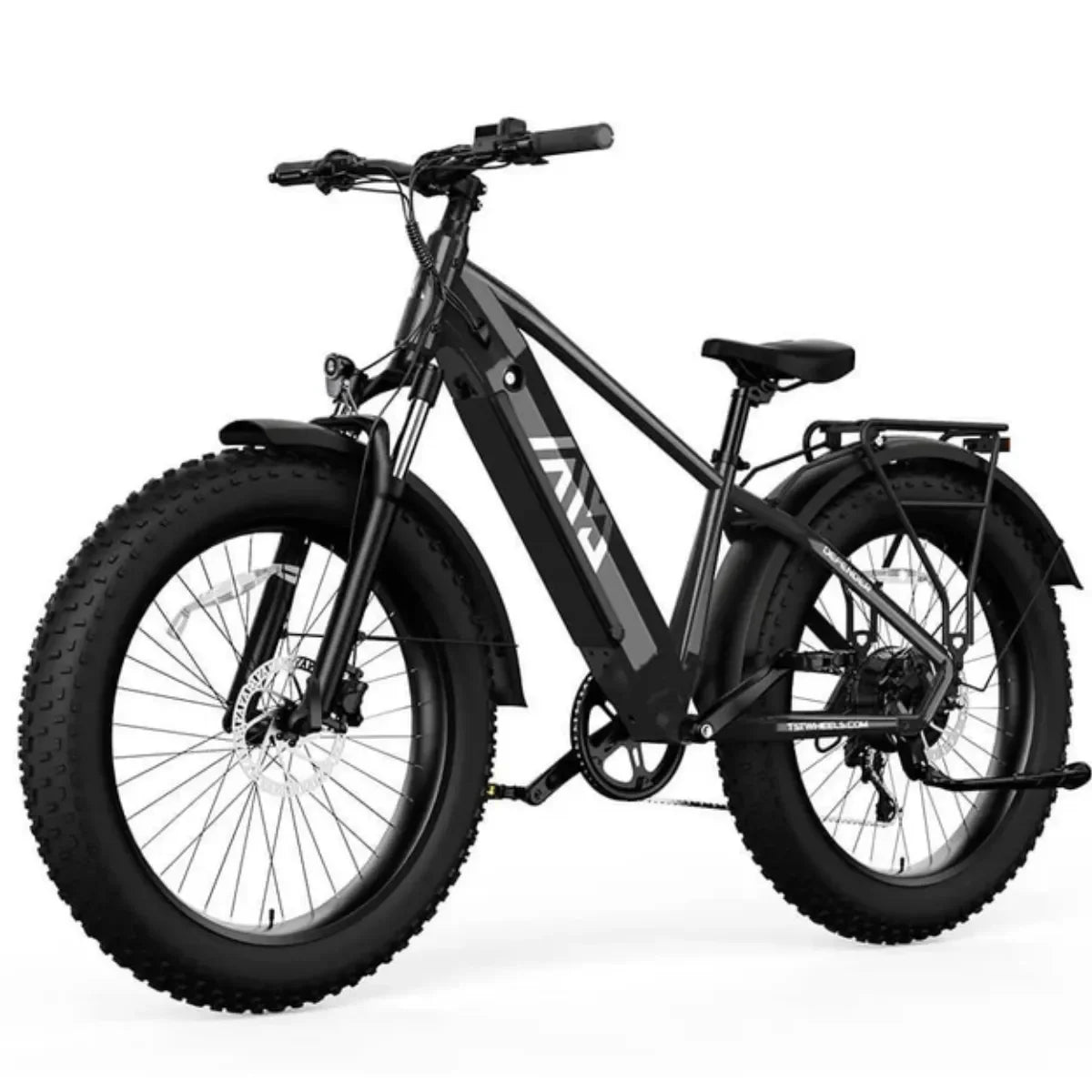
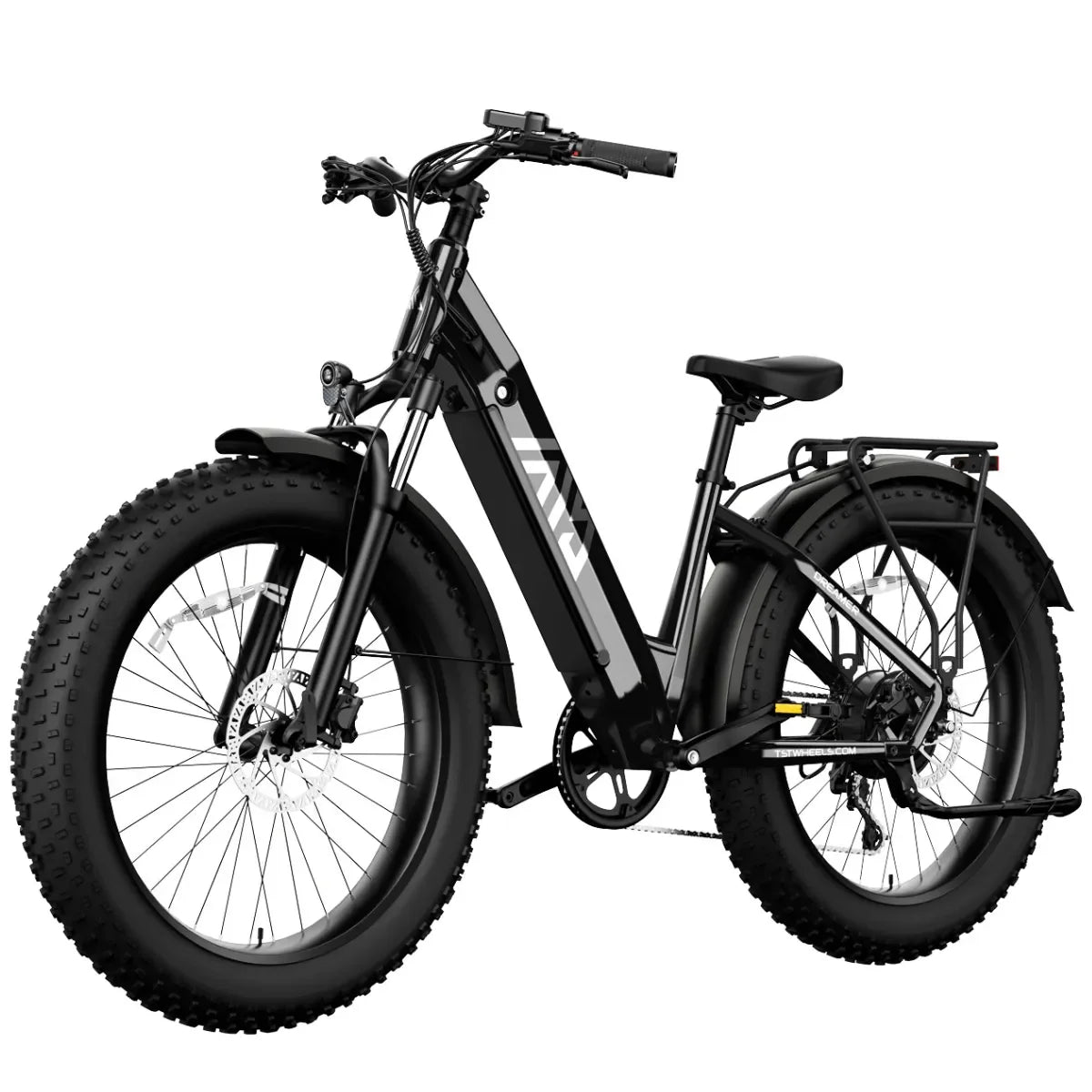
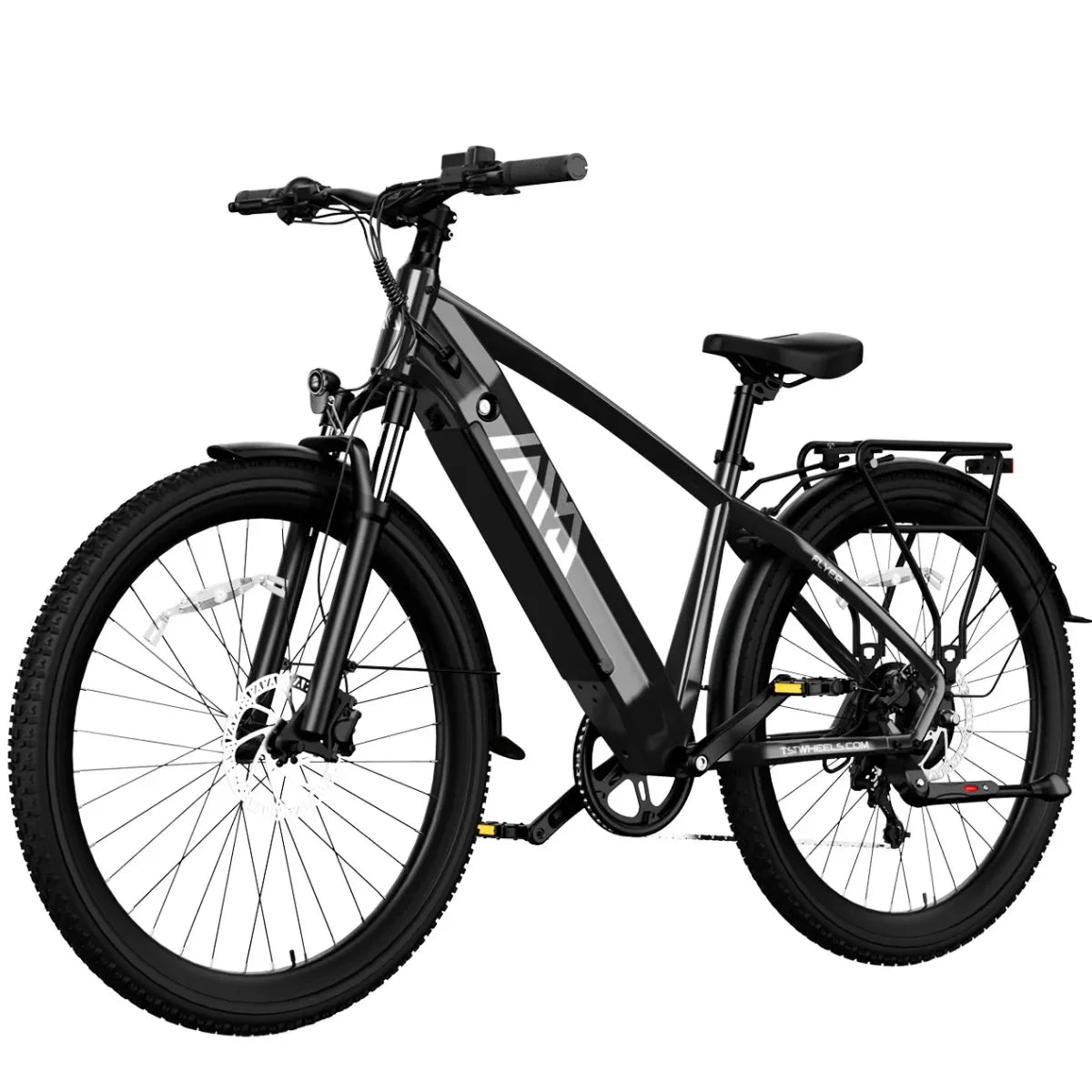
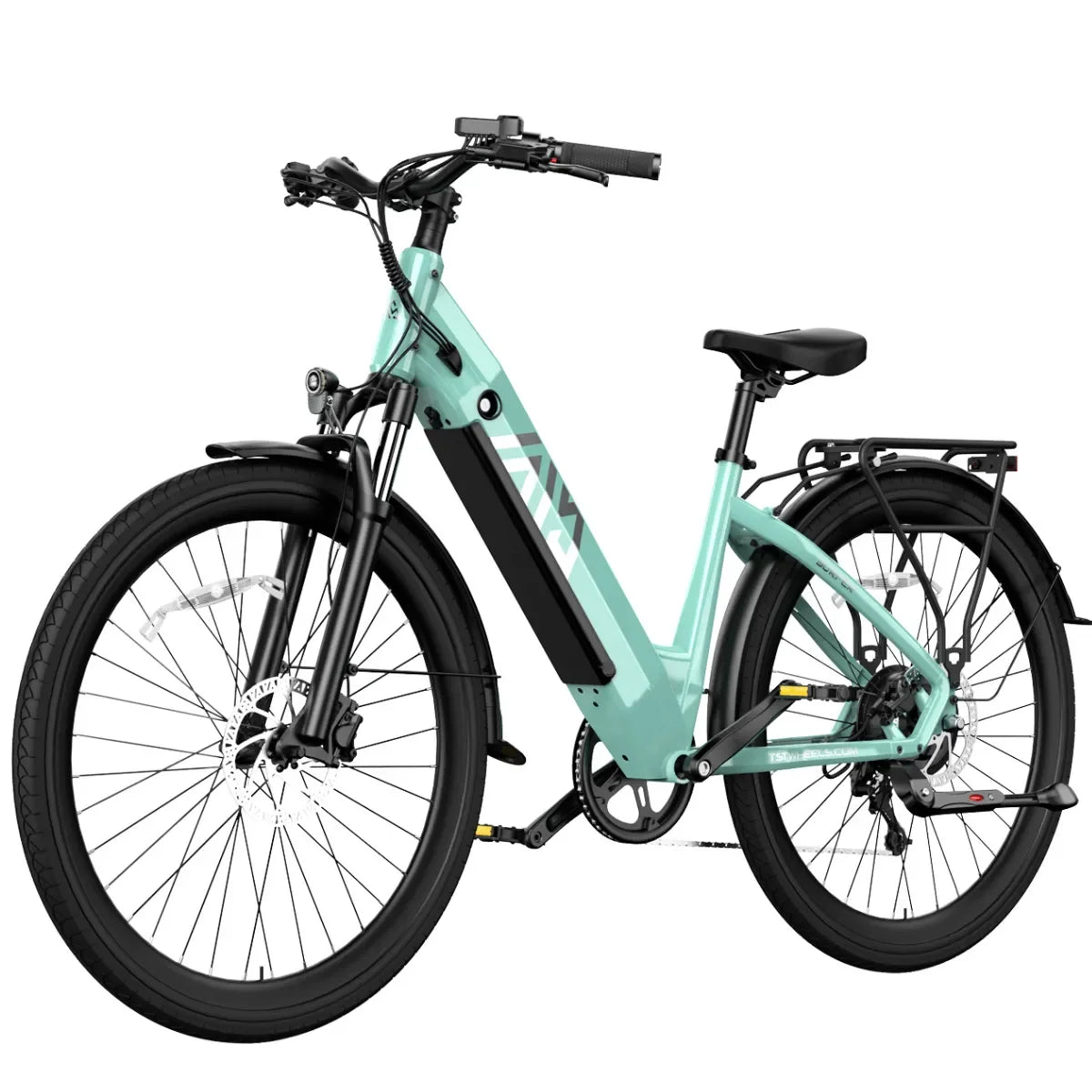
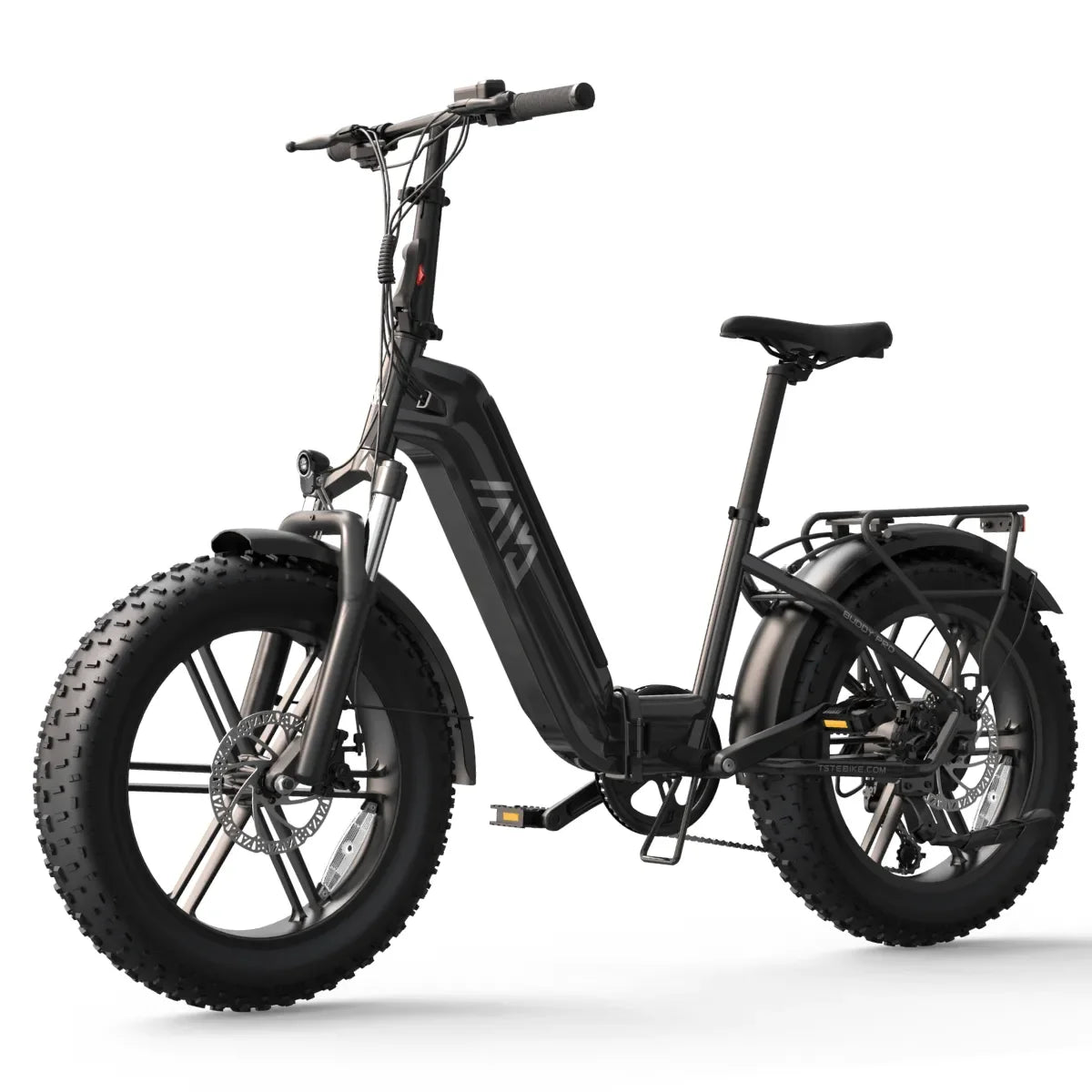
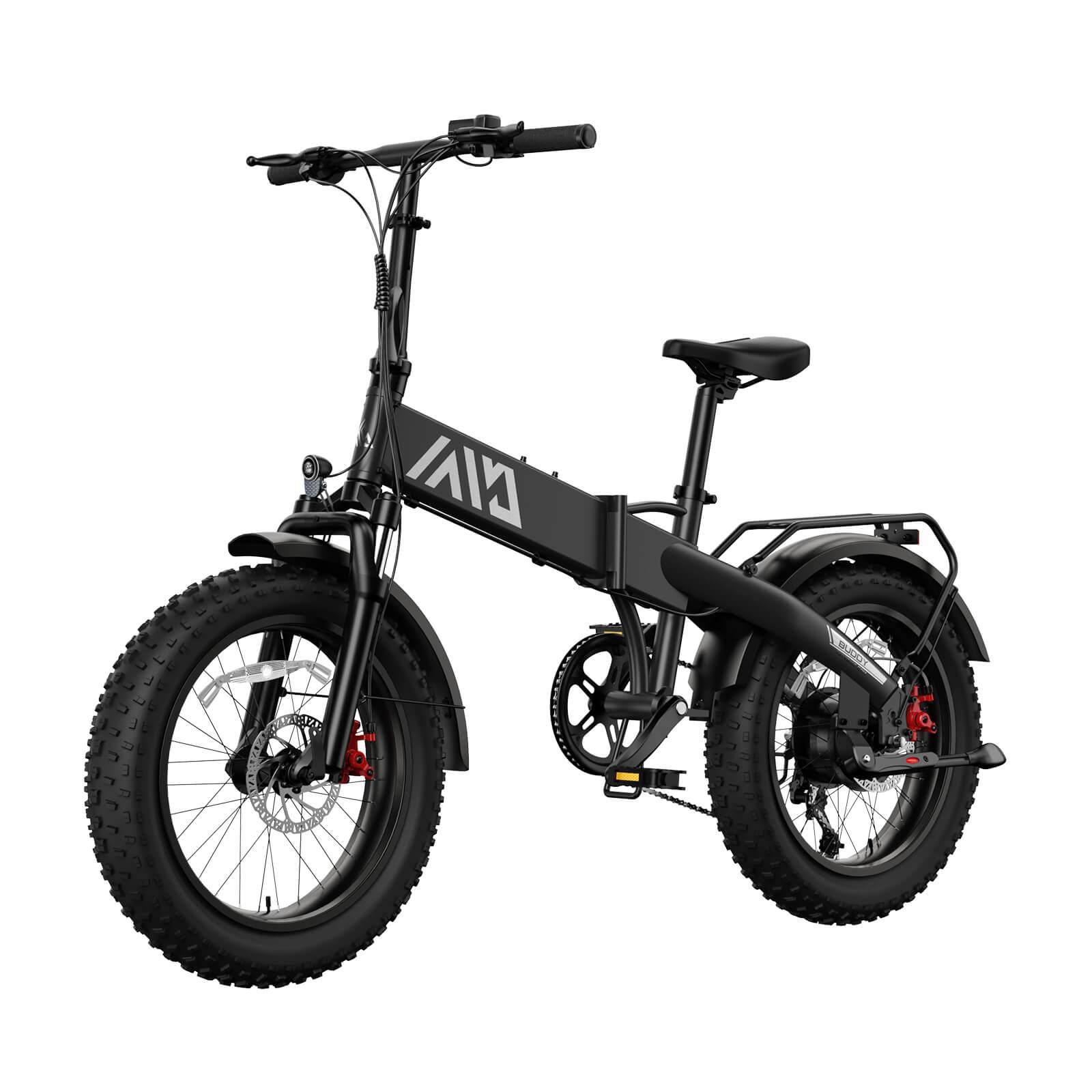
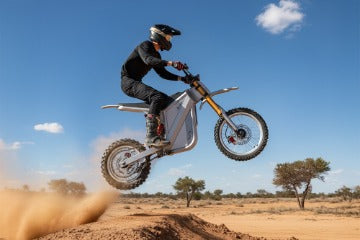
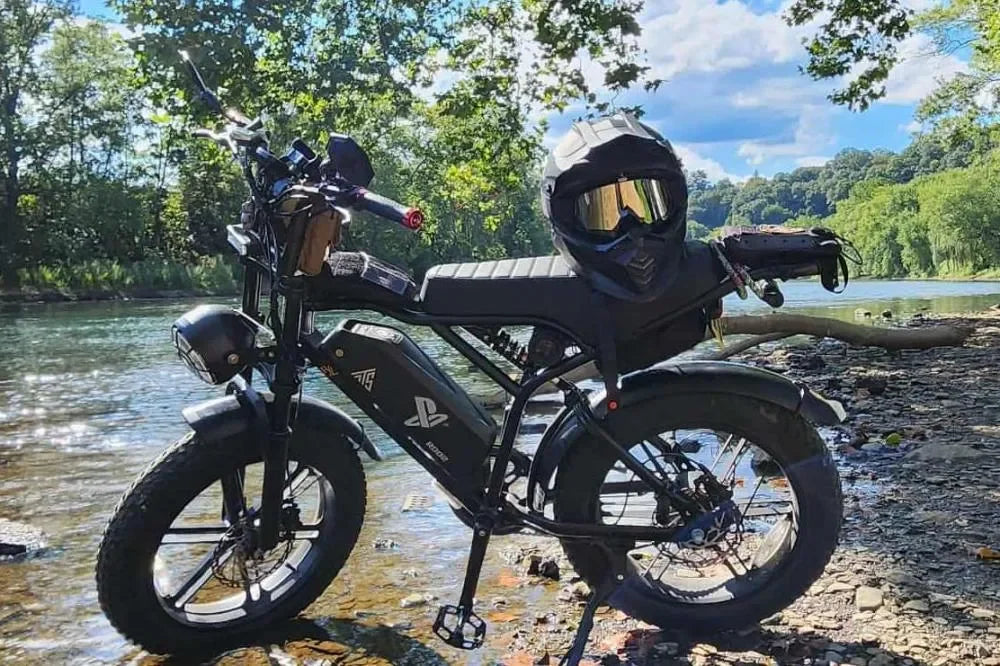
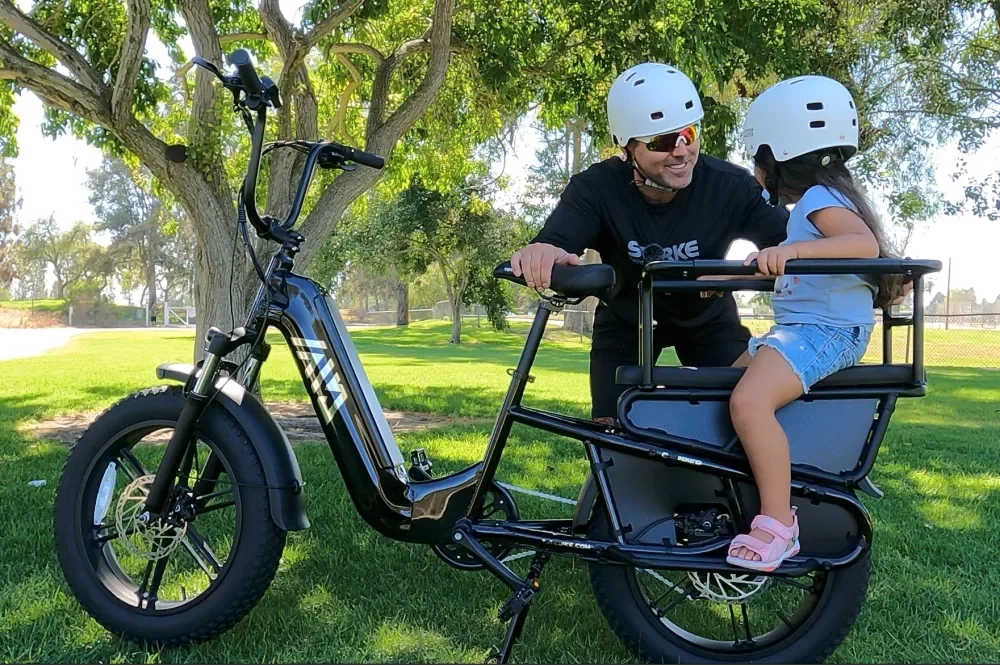
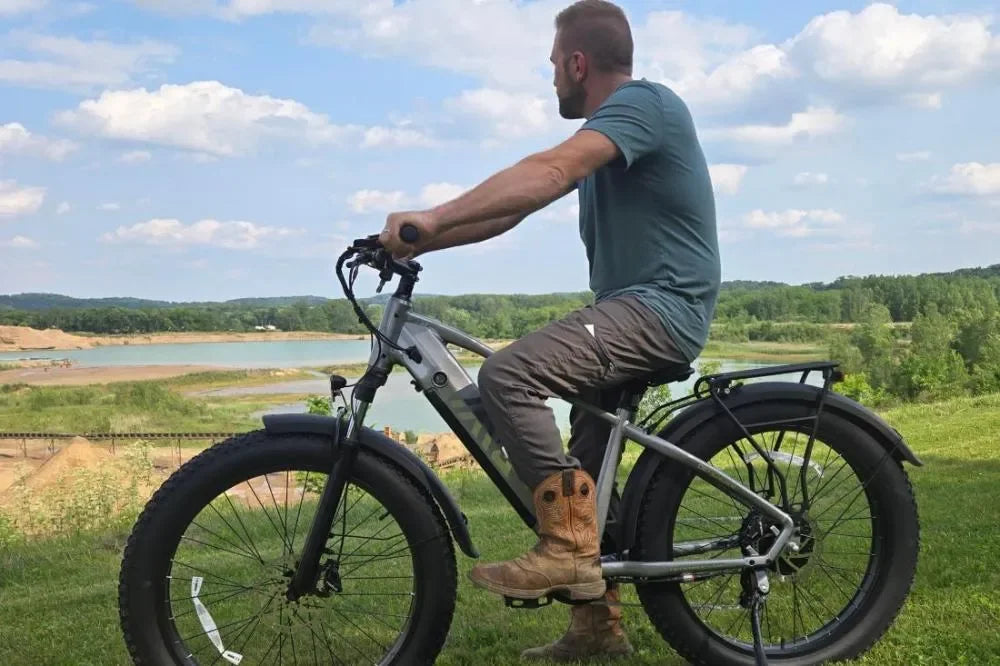
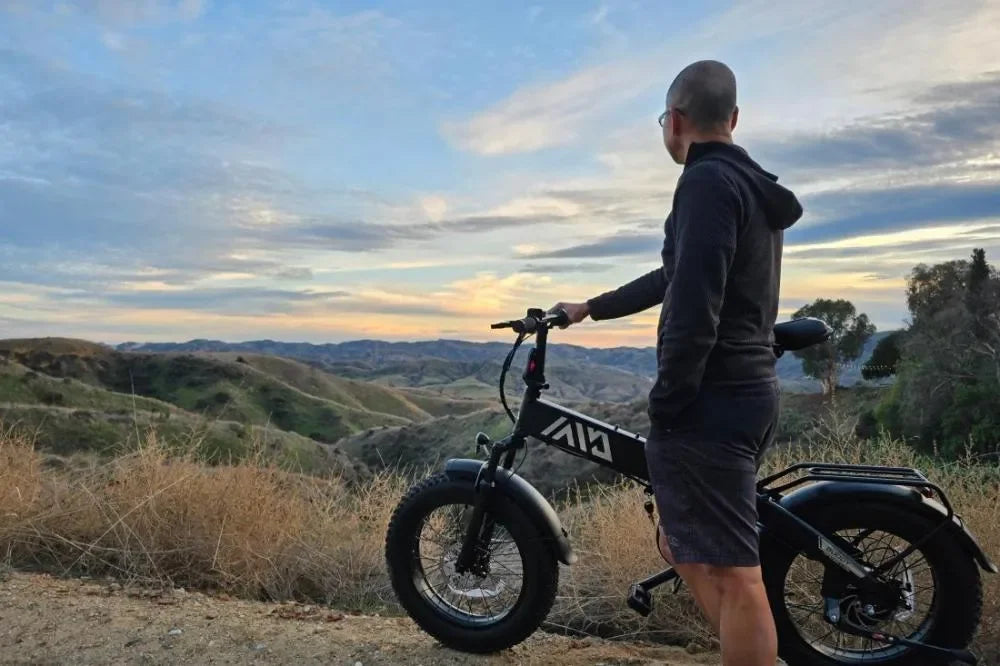
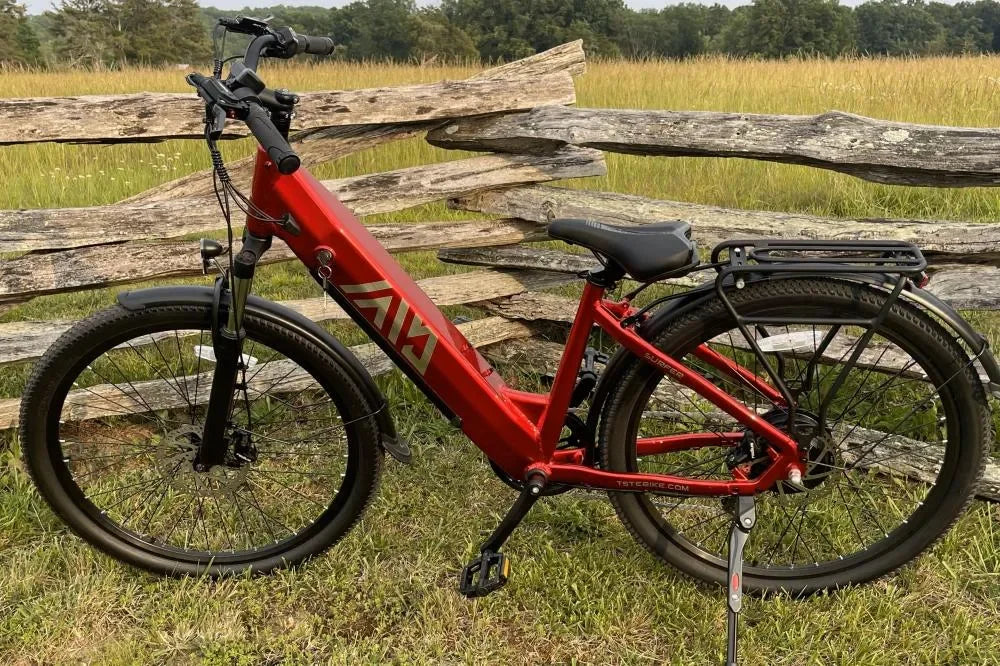
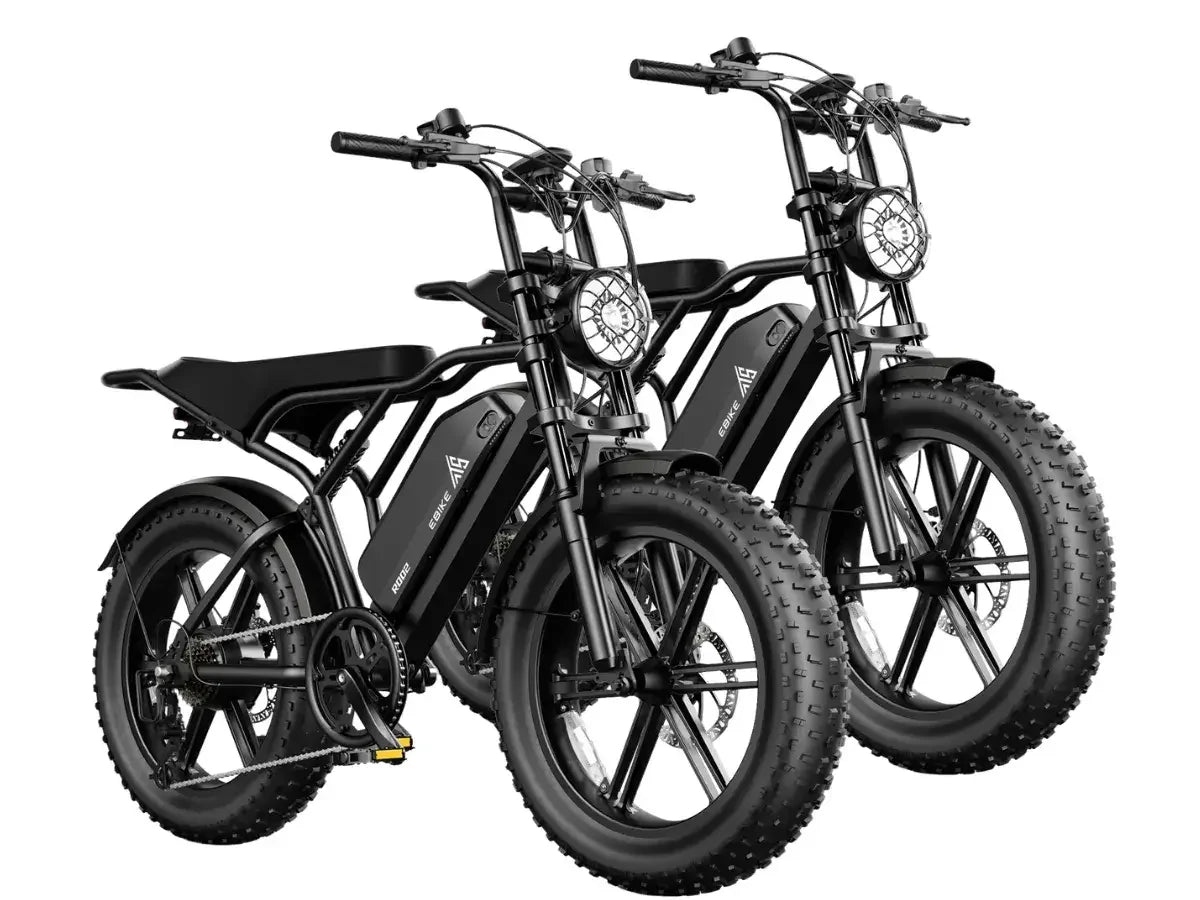
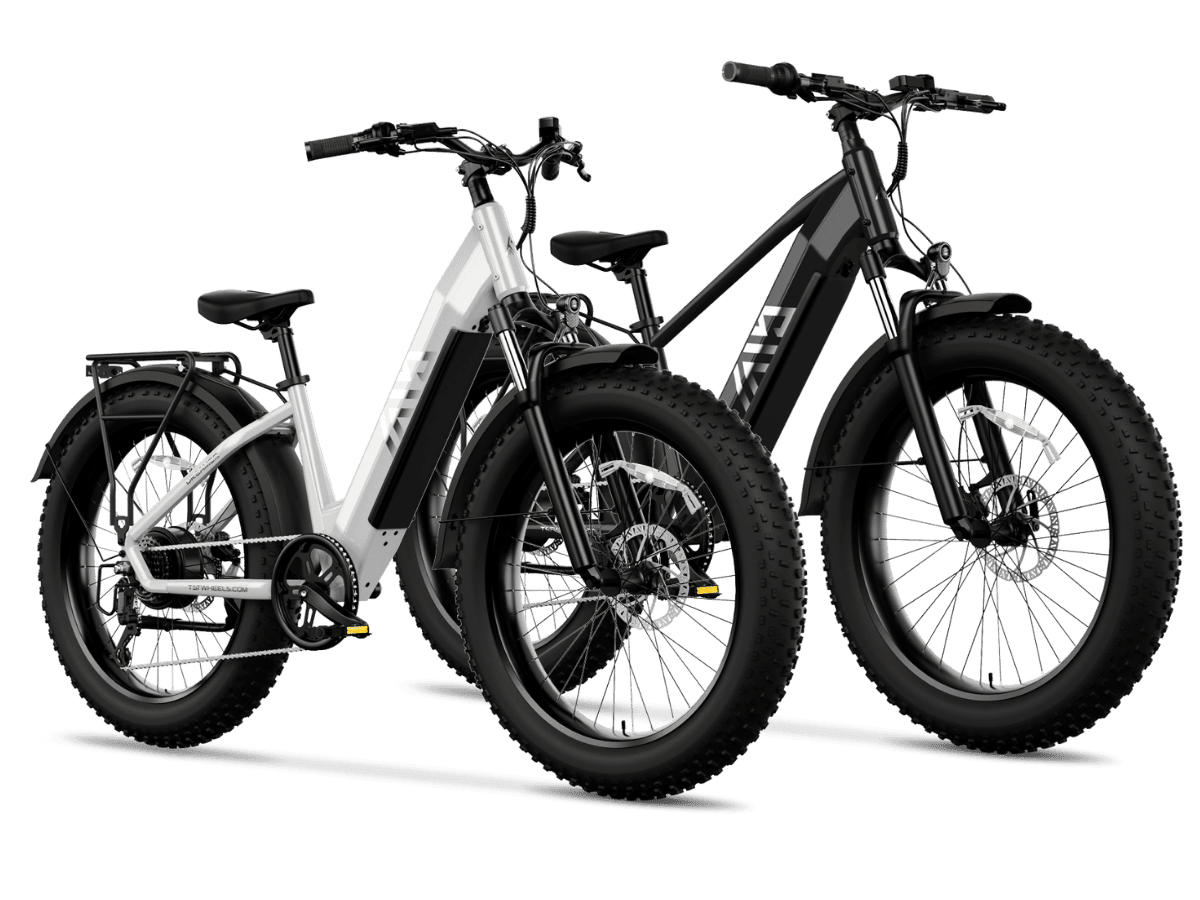
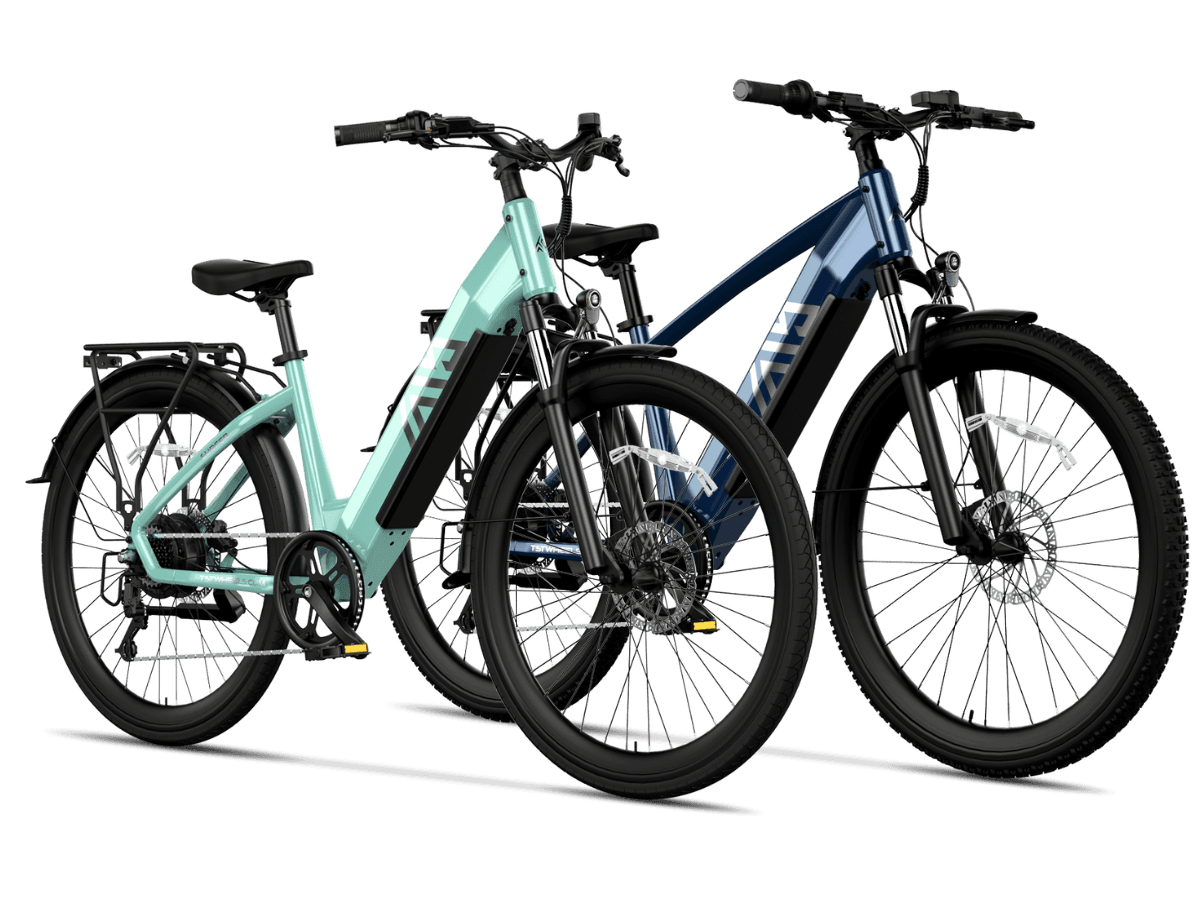
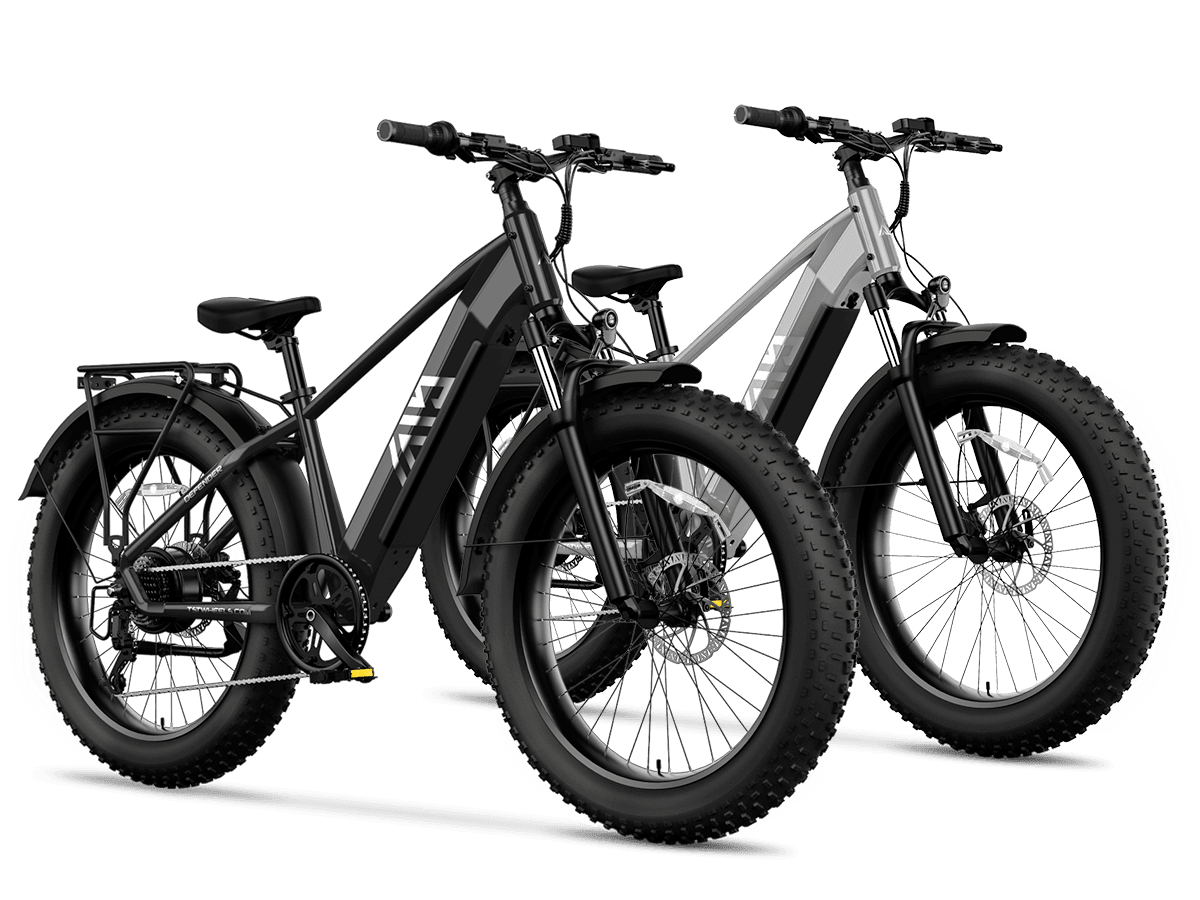
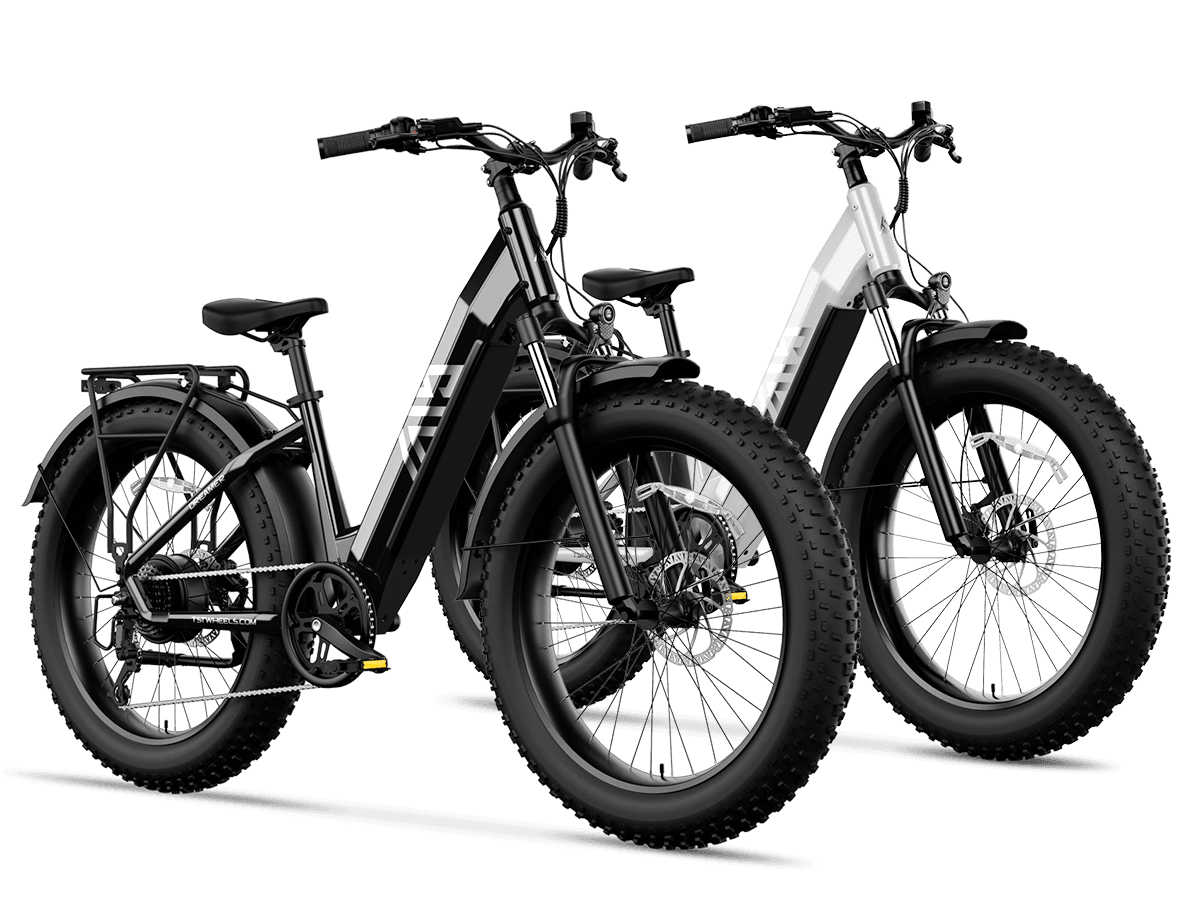
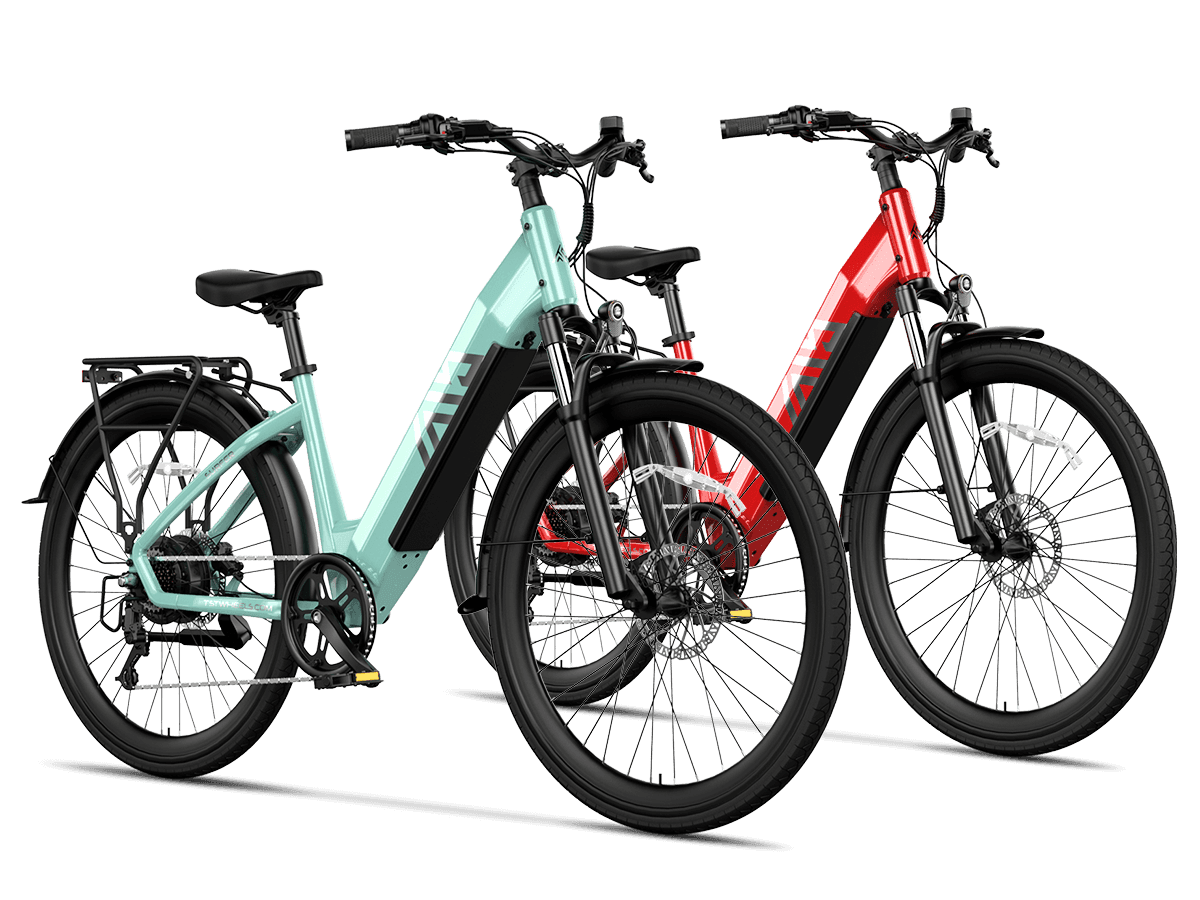
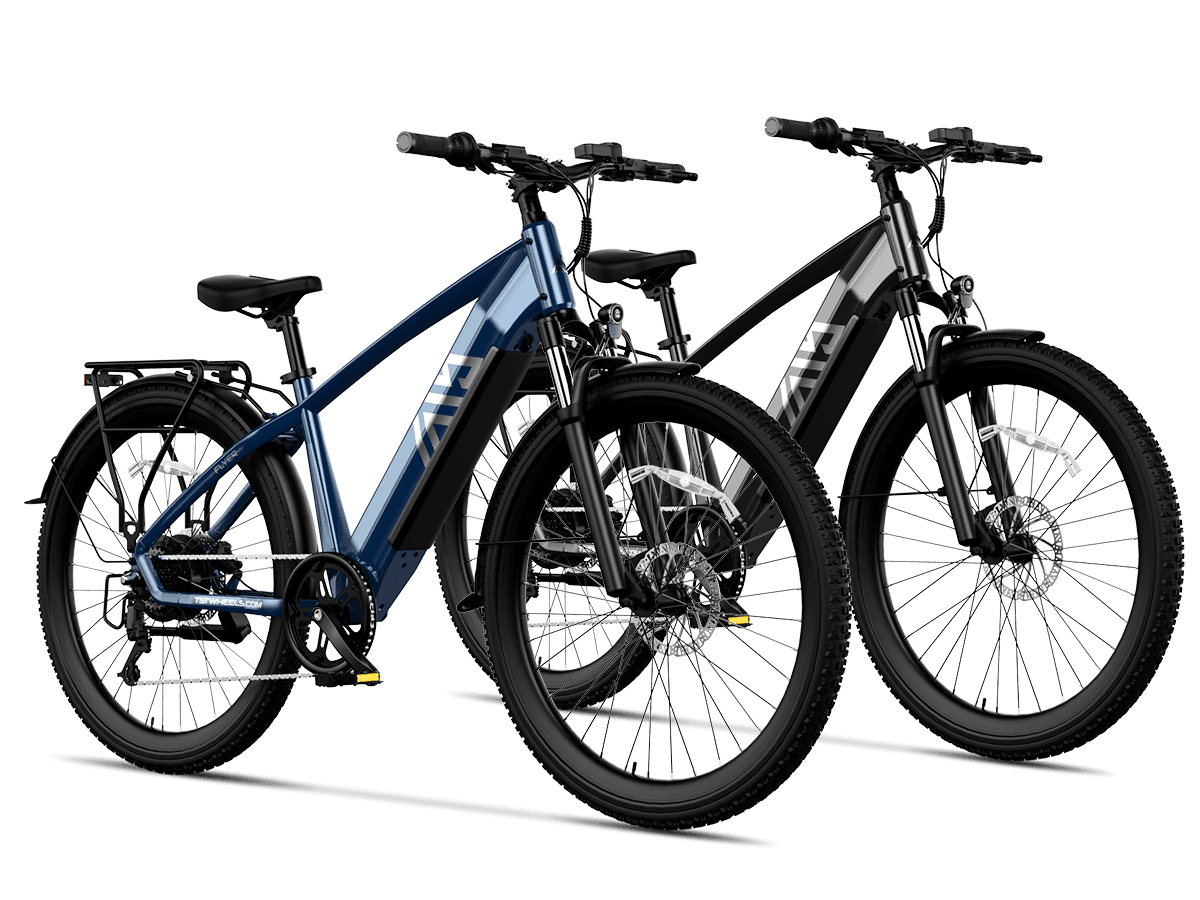
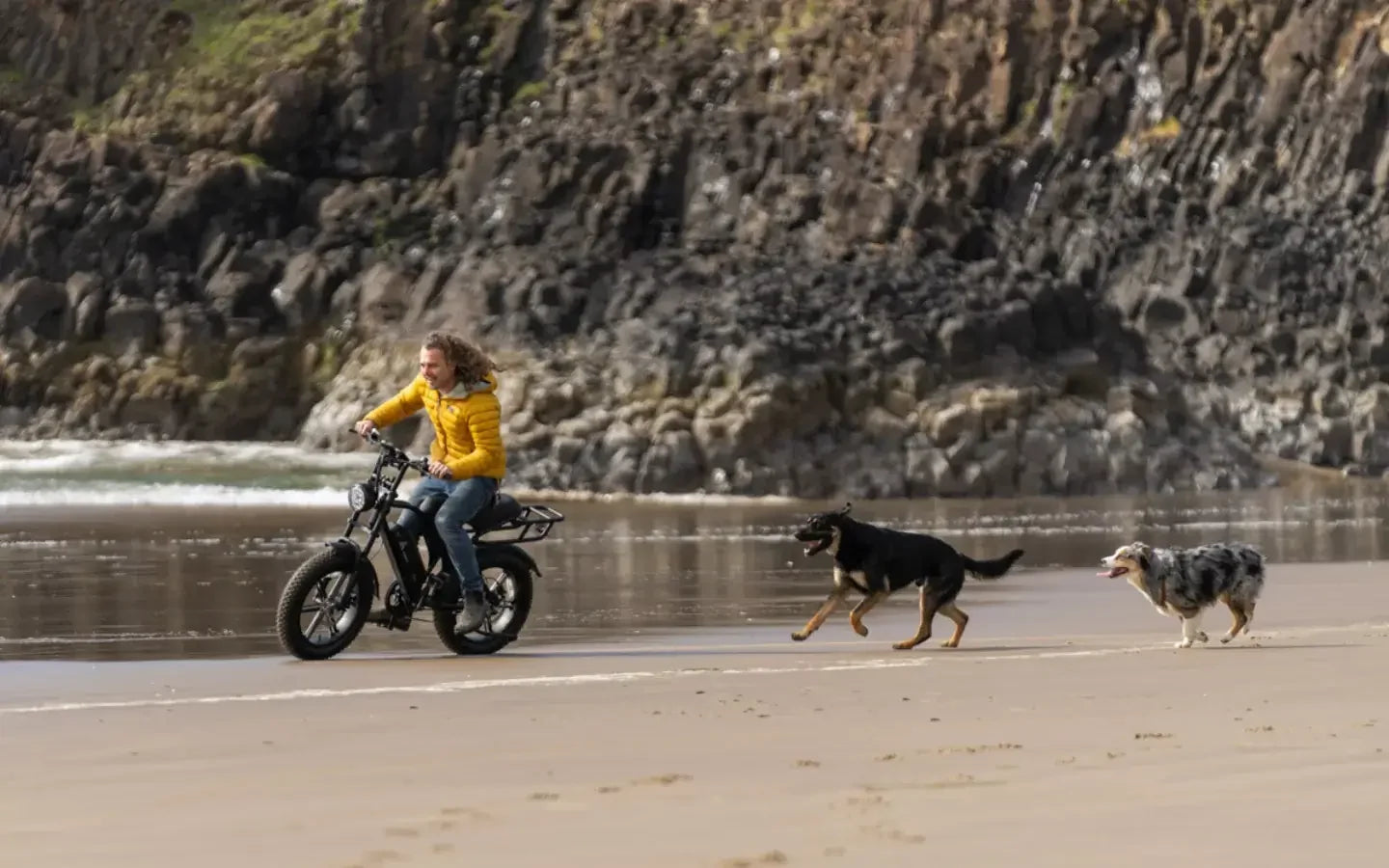
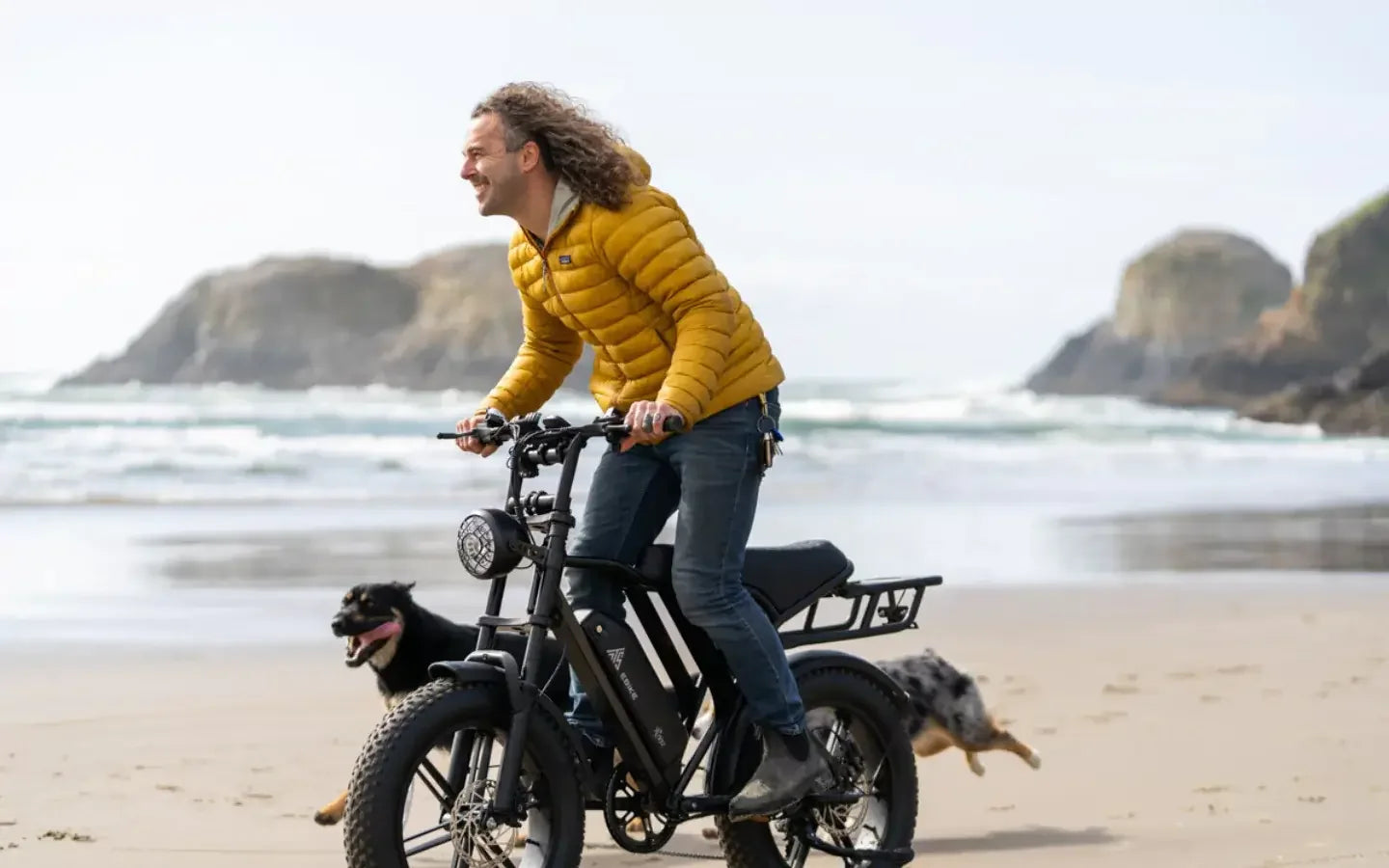
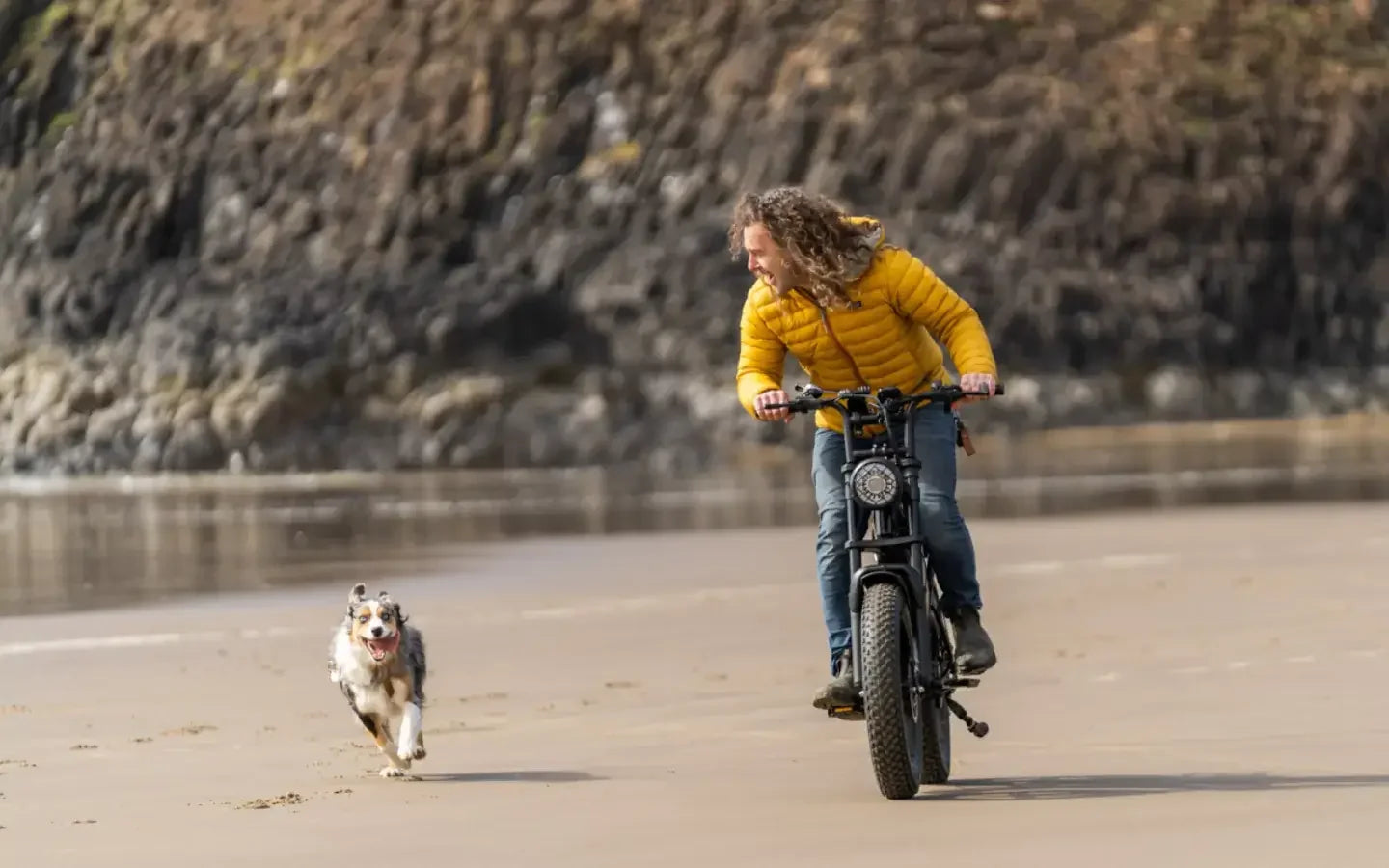
Leave a comment
This site is protected by hCaptcha and the hCaptcha Privacy Policy and Terms of Service apply.